A look into current use law: ‘New Hampshire has a policy but doesn’t want to pay’

The current use tax policy is designed to protect open land from development, such as this field in Lyme. Photo by Amanda Gokee / New Hampshire Bulletin
| Published: 06-28-2024 3:47 PM |
At Kelley Monahan’s house in Orford, New Hampshire, she has eight acres and two ponds along the Connecticut River. It became her slice of rural heaven after she left Hartford, Connecticut, 25 years ago.
To Monahan, a few metrics help define rural life in Northern New Hampshire along the Vermont border. When the pandemic shuttered businesses, the Grafton County Registry of Deeds, where she is the registrar, remained open. Many didn’t have remote access to the Internet.
When Monahan looks at the state’s current use report for land each year, she’s reminded how many of her neighbors take advantage of tax breaks with their property. The burden then falls to other taxpayers.
“Any joker with over 10 acres can just say, ‘I’m not paying taxes, I’m a tree farmer’,” she said. “It’s an abuse of the current use system.”
Current use law in New Hampshire is designed to promote conservation and protect the state’s natural land. It’s a policy that dates back to the state’s agricultural history – ensuring that local farmers could maintain their land, without being priced out by property taxes. For homeowners who have properties on 10 acres or more – and designate the property as forest, farm or unproductive land – the state will provide property tax breaks.
For farmland, homeowners can receive anywhere from $25 to $425 off per acre. Unproductive land is a $24 per acre award. And forestland varies – depending on the type of tree and stewardship documentation – ranging from $24 an acre to $185.
By state law, towns are required to grant current use tax breaks. Over 50 percent of land in New Hampshire is in current use.
To John Tobin, the retired director of New Hampshire Legal Assistance, this state mandate comes with no assistance to the local tax roll it impacts. The state does not fund any portion of these breaks to help the town make up the lost revenue.
Article continues after...
Yesterday's Most Read Articles
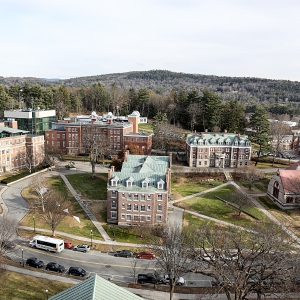 ACLU asks New Hampshire federal judge to reinstate student status for more than 100 international students
ACLU asks New Hampshire federal judge to reinstate student status for more than 100 international students
 Hopkinton structure fire spreads to surrounding brush and fields
Hopkinton structure fire spreads to surrounding brush and fields
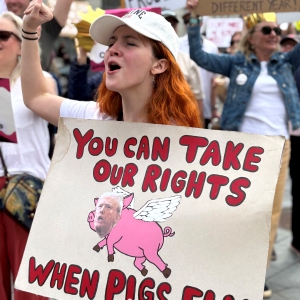 ‘People just want to speak up’ – Another large anti-Trump weekend rally in Concord
‘People just want to speak up’ – Another large anti-Trump weekend rally in Concord
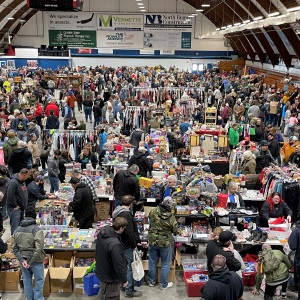 Concord’s Giant Indoor Yard Sale returns
Concord’s Giant Indoor Yard Sale returns
 Stalled seasonal visa system cancels Concord’s Kiwanis Fair scheduled for next month
Stalled seasonal visa system cancels Concord’s Kiwanis Fair scheduled for next month
“It’s a good policy. The policy of preserving open land and forest and agricultural land is a great policy,” he said. “Once again. New Hampshire has a policy but doesn’t want to pay. It puts pressure on towns.”
To Monahan, there is no doubt that Grafton County’s deed rate – the highest among the 10 counties – is tied to the use of current use law. In the last ten years, local government has taken ownership of 618 properties up north.
Take her own town of Orford, for example. Out of the small town of 1,200 people, 86 percent of land is in current use. A small number of homeowners foot the bill for local services.
“Look at that ratio of how much is in current use and Grafton County, you might get your answer,” she said about the high number of deeds in the area. “They’re coming out of the tax roll and shifting the burden to granny and her one-acre, old house.”







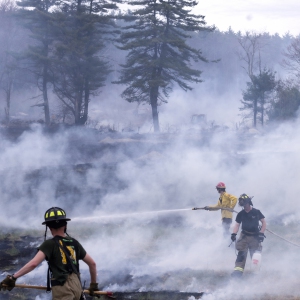 Cause of Hopkinton brush fire still under investigation
Cause of Hopkinton brush fire still under investigation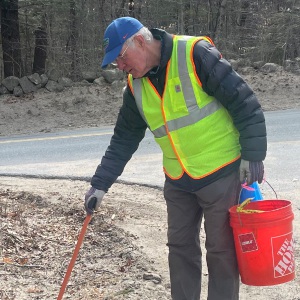 Granite Geek: A contrary Earth Day thought – we shouldn’t pick up litter
Granite Geek: A contrary Earth Day thought – we shouldn’t pick up litter Weekend clean-up was part of Earth Day celebrations
Weekend clean-up was part of Earth Day celebrations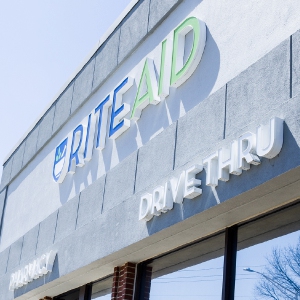 McKee Square Rite Aid sold, staying put
McKee Square Rite Aid sold, staying put
